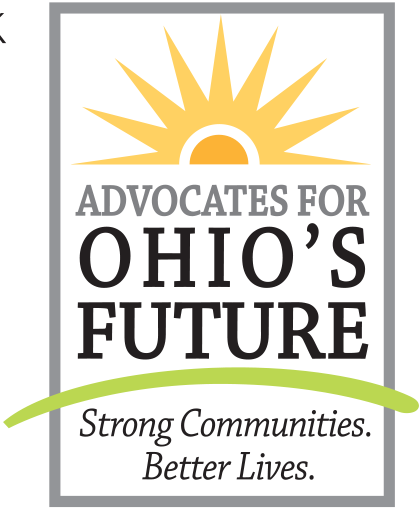This week Children’s Defense Fund-Ohio (CDF-Ohio) released, Children and Families in Ohio’s Appalachian Region: 2020 Data & Issue Brief, a new report that provides a snapshot of pre-COVID-19 issues facing Ohio’s 32-county Appalachian region. The report examines indicators of child well-being in the areas of: economic well-being, health, education, and families and communities.
It is an established fact that Ohio’s Appalachian region lacks access to basic healthcare providers meaning that many children and adults go without the comprehensive care they need. Studies show that about 20% of a person’s health reflects what happens in a clinic or hospital with the other 80% being the result of an individual’s living conditions and the choices they make. For healthcare to work, the rest of the ecosystem, such as safe and affordable housing, job opportunities, transportation, access to child care, and fresh foods, must work. In too many areas of Ohio’s Appalachian region, this ecosystem is disrupted or non-existent. This lack of access to basic needs has a direct effect on the region’s prosperity and the well-being of its children and families.
Poverty creates significant hardships on families and can have lasting effects on children. Lack of resources for a family can mean housing insecurity, hunger, inability to secure transportation, and lacking in other necessities. According to the Ohio Poverty Report (February 2019), 17.2% of the people living in the region were experiencing poverty compared to the average poverty rate for Ohio at 14.4%. In fact, the 11 counties with highest poverty rates in Ohio (over 20%), were all in the Appalachian region. Consistent with this data, a higher proportion of children in Appalachia (23.3%) are living in poverty compared to the rest of the state (19.8%). Today, the four counties with the highest overall poverty rates, ranging from 30.2% to 22.5% are Athens, Scioto, Adams, and Meigs.
For more on the issues facing Appalachia and recommended next steps, check out the full report and the Appalachia COVID-19 Issue Brief.

